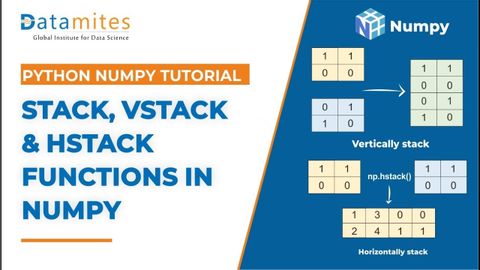堆棧、Vstack 和 Hstack | Numpy 堆棧函數 | Python Numpy 教程 (Stack, Vstack and Hstack | Numpy Stack functions | Python Numpy Tutorial)
 沒有此條件下的單字
沒有此條件下的單字US /dɪˈfɔlt/
・
UK /dɪ'fɔ:lt/
- n. (c./u.)預定的;拖欠行為;違約行為;預設;默認;因對方棄權而獲勝;缺席
- v.t./i.違約;不履行債務;預設值;因對方棄權而獲勝
US /ˈfʌŋkʃən/
・
UK /'fʌŋkʃn/
- n.事件;函數;功能;運作;函數 (電腦)
- v.i.當作;運作
- n. (c./u.)一堆;一疊;煙囪;排氣管
- v.t.對...作弊;堆積:堆疊
US /rɪˈfɚ/
・
UK /rɪ'fɜ:(r)/
- v.t./i.論及;談到(事物);涉及;有關;論及;談到(人);被推舉的人;參考
